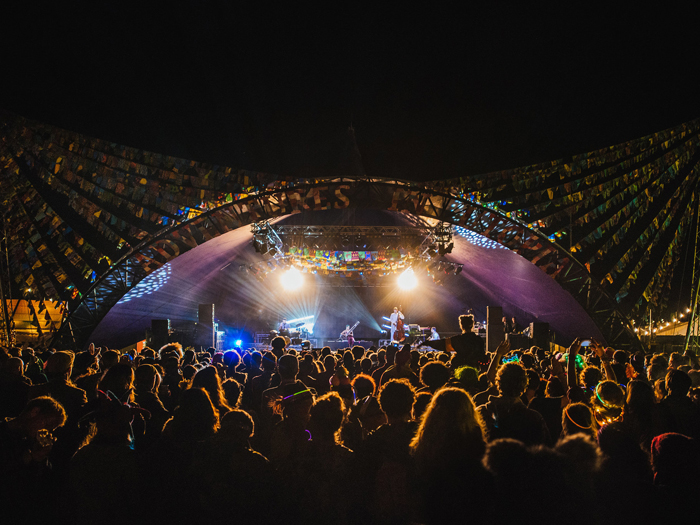UK: Powerful Thinking’s fourth annual Industry Green Survey shows that more event organisers are embedding sustainability into their operations and getting savvy with waste and energy in 2018.
70 events took part in the fourth annual Festival Industry Green Survey for 2018, run by industry steering group Powerful Thinking. The survey asked festivals organisers what sustainability measures they put in place last year in key areas such as waste, travel, and energy, as well as barriers to implementing initiatives and plans for next season.
The results show that more organisers are committing resources to their sustainability initiatives. Events are becoming increasingly savvy about energy efficiency onsite and reducing environmental impacts across the board. Tackling waste is the number one priority for most events; the most striking change compared to 2017 is that three quarters of events state that they have checked what happens to their waste when it leaves site.
In a year when 65 AIF festivals committed to becoming plastic disposable-free as part of the Drastic on Plastic campaign, there is a definite move towards sustainability becoming embedded into the way the sector is delivering events. More festivals than ever have appointed a dedicated sustainability role, are working with suppliers to increase fuel efficiency, and working with audiences and suppliers on measuring and reducing environmental impacts of travel.
The key results are as follows:
- 3 out of 4 organisers have checked where their waste is going in 2018, a dramatic increase from previous years.
- In the 2017 survey, 58% of event organisers stated that they were monitoring energy. This has risen to 80% in 2018, demonstrating that the trend toward organisers taking fuel efficiency seriously is now firmly established.
- Grid connection has emerged for greenfield events an area to explore, with more greenfield event organisers stating they are using a grid connection than in 2017.
- 58% of organisers state that they offer or intend to offer carbon balancing to tackle audience travel, compared to 25% in 2017.
Read a full analysis here.

